Original Kit:
Ford Explorer Sport
Made By:
Lindberg (kit #72511)
Scale:
1/20

eBayPartner Affiliate Link
Other Cartoon & Anime Models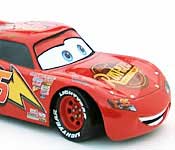
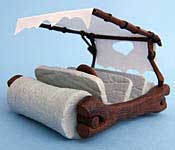
Other 1990s TV Models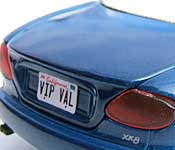

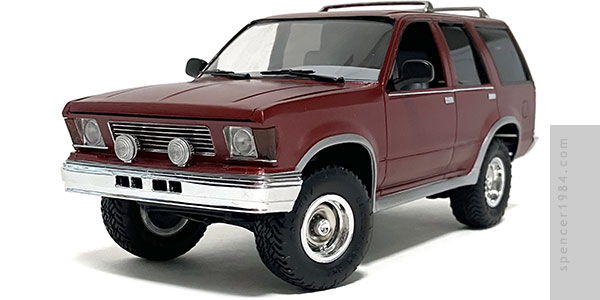
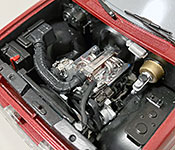
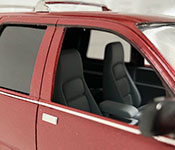
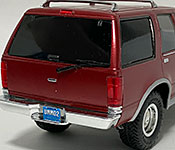
If there's one vehicle from The Simpsons even more iconic than the family sedan, it's the Canyonero. The epitome of automotive excess, the name has become shorthand for any oversized SUV taking up more than their fair share of the road. Of course, manufacturers missed the joke entirely and spent the next two decades enlarging the Chevy Suburban from 220"L/77"W/69"H to 225"L/81"W/76"H and the Ford Expedition from 205"L/79"W/75"H to 222"L/80"W/76"H.
For an appropriately oversized starting point, I chose Lindberg's 1/20 scale Ford Explorer Sport kit. It had the right 1990s-era shape, and looked to be appropriately oversized when compared to the 1/25 vehicles it would be parked next to. The conversion seemed straightforward enough, needing only to be changed to a four door and get a new grille. The other details - size, proportions, trim, wheels, spare, driving lights, sunroof, etc. - changed as needed for the particular scene so I had a lot of freedom to do whatever seemed appropriate. Throw in The Simpsons: Hit & Run, and everything outside of "big sport ute with this grille" was up for grabs.
As it turned out, I'm glad I didn't have to do too much. There was a period in the 1990s when model manufacturers were using a more brittle plastic on some of their kits, and apparently Lindberg chose that for the Explorer Sport. Not that I'm worried about it crumbling to dust at some point in the future, but trying to modify anything was a much slower and more difficult process than it should have been as bits of plastic would occasionally crack or flake off if stressed too far.
Changing it to a four door was simply a matter of filling in the original two-door seams and cutting new seams into the body. The grille was a bit trickier, and I ended up making a whole new fascia digitally and having it 3D printed. The front of the body was relieved enough for the new fascia to fit, and the fenders and leading edge of the hood were reshaped to line up with the new piece. The only other body modification I made was raising the bumpers slightly to make it look a hair taller.
The kit provides a 4.0L V6, which if you just do a straight math conversion works out to be 4.8L in 1/24 scale. Funny enough, GM's Vortec L20 is a 4.8L V8. So I decided to give the Canyonero its own version of the small block V8 (after all, "it goes real slow with the hammer down") by replacing the intake, headers, and valve covers with items from my parts box. The transmission and drive train were straight from the box, though the exhaust needed to be modified to mate up to the new headers. The chassis was largely box stock as well, with wheels and tires taken from AMT's '84 GMC kit. They fit the openings nicely, and the front wheels just needed a little relieving to attach to the axles. As long as I was cutting, I made it so they could be mounted at an angle and give the truck that aggressive stance so often seen in ads. To further muddy the waters regarding what the Canyonero is based on, I added some finishing washers over the wheel spokes to make them look vaguely like Chevy Rally wheels with chrome beauty rings and center caps.
The interior was built straight out of the box, painted to match the colors we saw in "The Last Temptation of Krust." Only the crossbars of the roof rack were used to match its most common look, and a set of round driving lights was sourced from my parts box. The paint is Tamiya TS-39 Mica Red over red oxide primer for the top, and TS-17 Gloss Aluminum for the arches and rockers. Paint, Bare Metal Foil, and a custom Springfield license plate (using the same base as Homer's car and the lettering from "Screaming Yellow Honkers") finished it off.